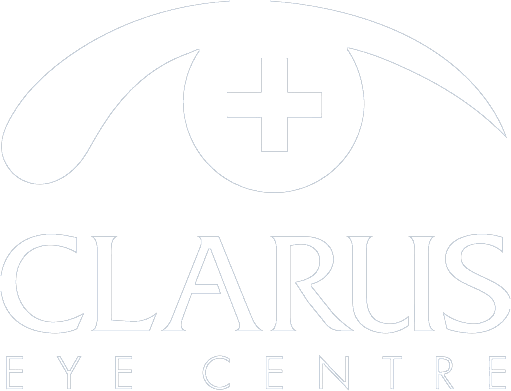Glaucoma Doctor in Olympia:
Surgical Treatment for Glaucoma
About Glaucoma
Glaucoma is an eye condition that develops when too much fluid pressure builds up inside of the eye. It tends to be inherited and may not show up until later in life. The increased pressure, called intraocular pressure, can damage the optic nerve which transmits images to the brain. Continuous high eye pressure can damage the optic nerve and cause loss of vision. Without treatment, glaucoma can cause permanent blindness within a few years.
Glaucoma is treated surgically, and several different procedures are available. How can you choose the best treatment for glaucoma? Consult your ophthalmologist at Clarus today.
Ready to schedule your consultation?
Because most people with glaucoma have no early symptoms or pain from this increased pressure, it is important to see your ophthalmologist regularly so that glaucoma can be diagnosed and treated before long-term visual loss occurs.
If you are over the age of 45 and if you have a family history of glaucoma, you should have a complete eye exam with an ophthalmologist every one to two years. If you have health problems such as diabetes or a family history of glaucoma or are at risk for other eye diseases, you may need to visit your ophthalmologist more frequently.
How do I find the best glaucoma doctor near me?
Look for a trusted and experienced glaucoma specialist, and make sure your specialist has the ability to tailor treatment to your specific condition. Ask what kinds of options they provide for surgical treatment of glaucoma and be sure you’re comfortable with your surgeon’s experience.
